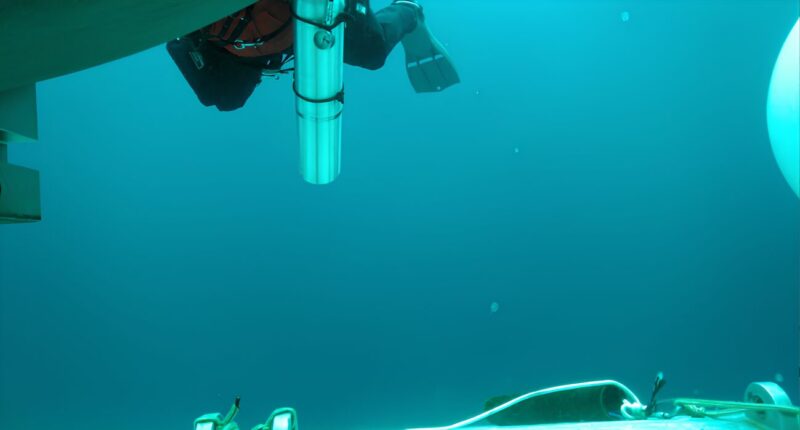Recovery teams have found an undamaged SD card inside a specialist underwater camera retrieved from the Titan submersible wreckage, but the device contained no images or videos from the fatal dive, reports Tom’s Hardware.
The SubC-branded Rayfin Mk2 Benthic Camera, rated to withstand depths up to 6,000 metres, was recovered with its casing intact but its lens shattered. Inside, investigators found a SanDisk Extreme Pro 512GB memory card, valued at approximately $63, completely undamaged despite the catastrophic implosion.
Scott Manley, tech and science enthusiast, revealed details of the recovery on X, explaining that whilst the card survived, accessing its contents proved challenging. “The data was encrypted and recovering the data would require the keys stored on the damaged camera,” he said. “With help from the manufacturer they recovered the images and data stored on the card.”
Still images and videos recovered
Investigators created an exact binary image of the SD card to preserve the original before working with Canada’s Transportation Safety Board and SubC to recover the data. The parties met at a laboratory in Newfoundland, where they interfaced a recovered NVRAM chip and SD card image with a surrogate system-on-module board, successfully recovering 12 still images and nine videos.
The recovered images captured 4,056 by 3,040 pixel resolution, whilst videos recorded at 3,840 by 2,160 pixels. However, all footage showed only the vicinity of the ROV shop at the Marine Institute in Newfoundland, the logistical base for Titanic dive missions.
Manley explained the absence of footage from the tragedy. “The camera had been configured to dump data onto an external storage device, so nothing was found from the accident dive,” he said.
The camera’s internal components suffered damage from the implosion, with PCBs showing sheared connectors and damaged surface mount components. Internet researchers examining redacted images from the investigation suggested the camera likely used an Inforce 6601 System on Module based on the Qualcomm SD820 processor with 4GB of RAM and 64GB of UFS storage, alongside a Teensy microcontroller unit.
The titanium and synthetic sapphire crystal constructed camera features both onboard and expansion memory and is rated to depths of 6,000 metres.











